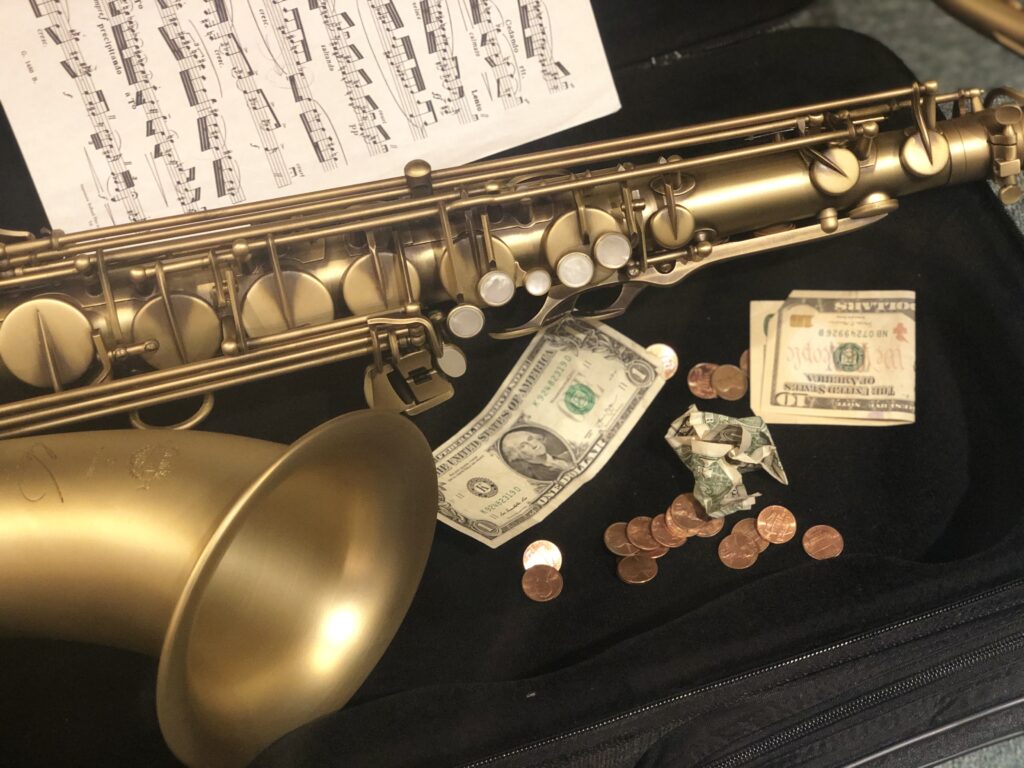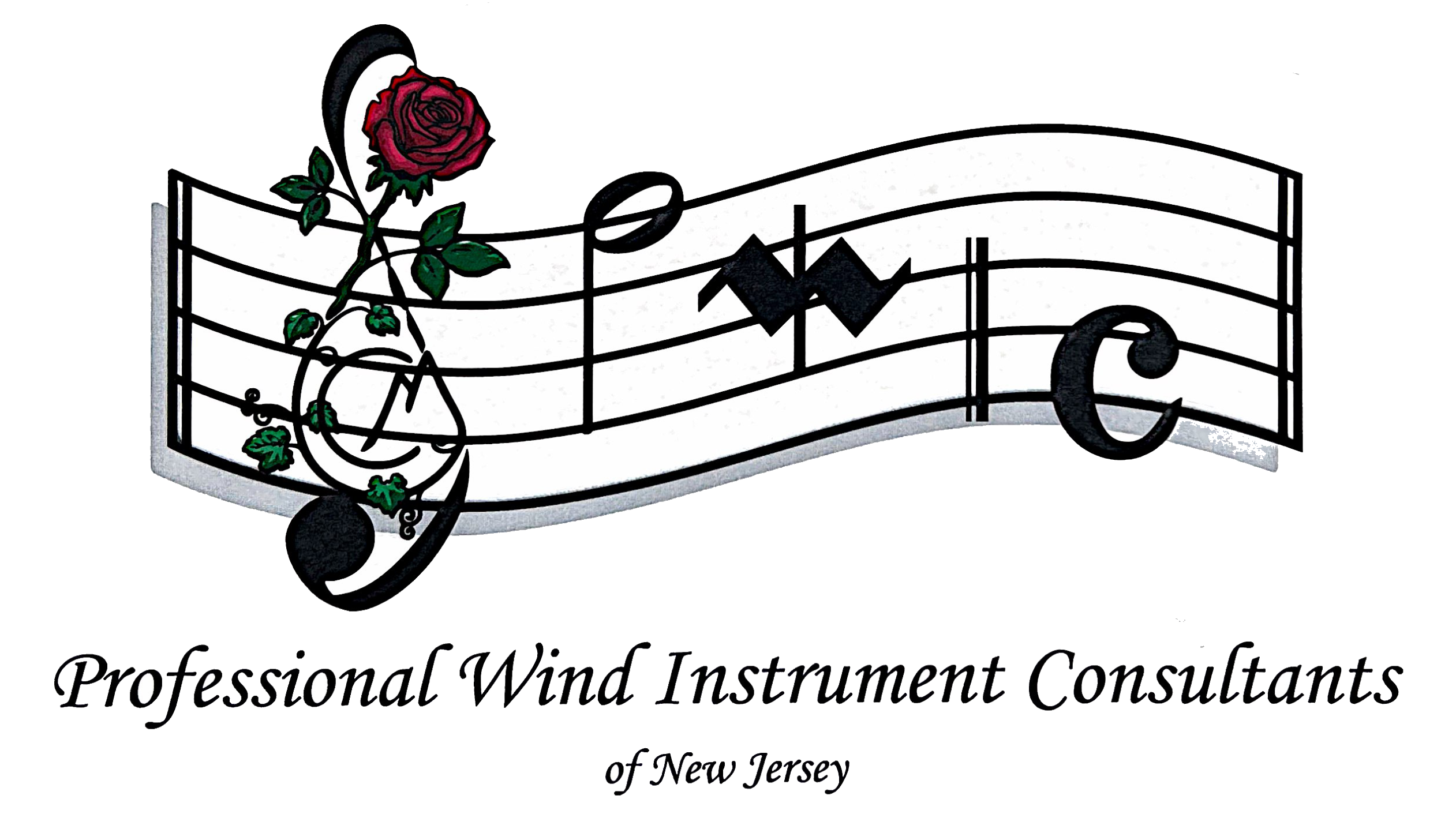
Dear musician friends and colleagues (particularly in the US),
I have spoken about this in hushed tones among a few friends and acquaintances for the last eight months (and wrote a first draft of this note back in the late-Spring), and usually the conversations have ended with “but it won’t be that bad” or “things will be fine soon enough”. On the eve of Giving Tuesday 2020, I feel like it is now necessary to say “yes it will” and “no they won’t”.
Here are the conditions on the ground as I see them with one foot planted firmly in the performing arts community and the other in the world of finance – COVID-19 is an extinction-level event for the performing arts.
My arts perspective is primarily in music so I will speak from there.
In my conversations, I have been hearing the reverberations around our mental concert halls of the Financial Crisis in 2008. Most arts organizations survived. Audiences came back, and donors came back. Except, did we, and did they? Where we found ourselves was in a situation where many orchestras, operas and ballets were the walking wounded, or even the walking dead. The last decade since the Crisis has seen strikes and lockouts of the most venerable names we have – Detroit, Atlanta (twice), Indianapolis, Chicago (twice), Minneapolis, San Francisco, Fort Worth, Pittsburgh. The system was already breaking down around us.
That crisis exposed severe fragility in the performing arts. And like so many stories of failure in the corporate world, the ill-conceived fix was to cut our way back to strength. Nothing was actually fixed though. Nothing changed about how the arts operated, and no resiliency was built into the system. A few organizations went away, some union contracts got cut back, and we went back to business as usual. 2008 was a once-in-a-century moment (or at least once every 75 years) so we weren’t going to see trouble like that again in our lifetimes or at least our careers, or so everyone thought.
And here we now find ourselves, in the midst of an exploding pandemic, the last third of many 2020-2021 seasons canceled, and the dawning realization we may not see the inside of a Broadway theatre, jazz club, concert hall or opera house until 2021-2022.
I have been hearing a lot of hope pinned on a return to normalcy or at least an approximation of it — that the critical and essential nature of the arts to community, to commerce, to education, to our collective humanity will usher in their return and we can get back to business (as usual). We just have to weather this like the Minneapolis Symphony Orchestra did over a 15 month lock-out. Except, it doesn’t appear that even waiting a decade to get back to pre-2020 wages and benefits will be sufficient.
The business model doesn’t work on its own for many types of performances. To stage a fairly compensated ballet, opera or symphony performance purely on ticket revenue in a reasonably sized venue would put seats out of reach for all but the wealthiest. Accessibility and economics are not friends. We have to turn to sponsorships, philanthropy and government support to make ends meet and that is where it all breaks down. The good news is those with wealth are still wealthy, wealthier even in some cases than pre-COVID. It was a short, sickening drop in listed markets, but we are back to pre-pandemic levels already. The bad news is that nearly everyone else is hurting. 40 million people getting thrown onto the unemployment registers is a headline grabber, but it does not begin to capture the damage done to small and large businesses and the communities in which they operate. The current model demands government, corporate and family support to maintain it, but will, or can, the call be heard and met in the wake of COVID-19?
Consider the following:
Government: Whether through the National Endowment for the Arts, or local arts councils, government comes to the arts with public money. But, with stores closed, stages dark, ballparks empty, and people unemployed or underemployed, even if that ended today, a smoking hole has been left in revenues from property tax to income tax to sales tax. At the same time, the Federal government through its various institutions already shot the big cannon with trillions of dollars in stimulus deployed that either depreciates the US dollar or adds to the national debt. Right now we are in whatever-it-takes mode to keep America running, but there will come a time when the books need to be balanced, and it will be on the backs of the States, the municipalities, the schools, and countless programs from food assistance to public housing to regulatory agencies that will be in fights for their very existences, including the NEA, which was already in jeopardy while things were still booming. Given the choice of schools, drivable roads and clean water or art music, we can easily guess where the priorities will land.
Corporate: There have been some big winners corporately, particularly in the Tech space, through this crisis. There have also been some big losers, and companies will be back to jealously guarding their cash like Smaug in Erebor. Maybe we see “Carnegie Hall brought to you by Zoom”. More likely those companies that are healthy enough to continue corporate philanthropy or maintain branding budgets for sponsorships are going to be looking at the astonishing array of problems swirling around us globally and asking what the highest and best use of their dollars would be. Clean water? Nutrition? Resilient health systems? Housing? Education? Climate change? With companies focusing more and more on environmental, social and ethical considerations in how they operate, they will be looking for all opportunities to make the biggest and most visible impact with the least amount of capital committed, whether motivated by a decent corporate soul and being responsive to shareholders and employees or just purely burnishing reputations. The arts could lose again.
Families: Wealthy families had already been revisiting giving and refining their focus on one or more missions for measurable positive social and environmental impact through investment and philanthropy. There is astonishing potential for good, and very caring and intentional people who want to direct wealth to that end. The reality for the performing arts though is rooted on where they are situated on Maslow’s hierarchy of needs. They are essential to our humanity and society, but in a world stumbling from crisis to crisis – pandemics, starvation, homelessness, desertification of farmable land, conflict, human trafficking, civil rights – there is a lot of work to do at the bottom of the pyramid and that is commanding the attention and the money.
We are at risk for a massive contraction of available dollars that will make it extremely difficult to continue operating as before. Add that to a massive back catalog of digitally available performances for which creators get little or nothing at all, and the outlook is bleak. Making it to opening night is the first challenge. The next immediately after that is being able to sustain operations to open the next night. Everything has to be on the table for rethinking, and no cow can be too sacred. What is even more challenging is that, as a community, we carry the twin responsibilities not just for creators’ livelihoods and the livelihoods of the allied trades that make that creation possible, but also for the art, the shared cultural assets, which the community stewards.
We need to throw out the score and reimagine how this goes. The begging-bowl approach won’t work anymore, but there could be other ways to use the tools of philanthropy. To varying degrees, whether or not for profit, arts institutions operate on some kind of business model, and we should be innovating there. We should rethink who is in the community of stakeholders and reapportion and reimagine duties and responsibilities, from the audience to the stage, to behind the scrim to the ticket office and the board room. Who should be at the table? What is their responsibility if seated? Are there collaborations and partnerships we can enter in to that parcel out the things that are not core to the raison d’etre?
There also needs to be a reckoning not just about the things that don’t have to do with putting on a show, but things that do. Take the following question and apply it to everything: “Do we need _____?” Start with the basics where the answers almost certainly will be “yes”. Then, at the other end of the continuum, question things where an argument in favor can still be made, but unlike with the basics, a case could be made against as well. And some of these questions are not without controversy. But, all of these questions are moot if your organization winks out of existence. The finest X or the most prestigious Y won’t matter in a dark and empty hall.
In all of this, let us remember that not-for-profit status is a gift to a great business model and not a shield from reality. A brilliant organization with all stakeholders and priorities in alignment and numbers that work can do even better when it doesn’t have to worry about when the tax man cometh. And it can truly flourish when it isn’t beholden to the delivery of returns to investors. But, that organization should still operate with the discipline of a for-profit business. Revenue and expense must be in balance. You must have a value proposition for your “clients”. You must take care of your employees. You must operate transparently, responsibly and ethically. You must be accountable to all stakeholders and not just exist in service to one constituency.
OK, so what to do? It is time for performing arts institutions to truly equitably partner with ALL of their stakeholders — the artists, the allied trades, the venues, the audiences, the back office, the front office, the donors, the sponsors, the advertisers, the community of businesses that surround and benefit from an arts institution’s presence, community leadership, other arts organizations. There is an economy of mutual benefit when everyone is engaged and has a shared purpose in seeing an arts organization thrive. And most importantly, there is a culture of mutual ownership. 3rd chair second violin has as much ownership and as much of a stake in operations and decisionmaking (and success and failure) as the head of ticket sales, the Board Treasurer, the lead advertiser, the family in row H in the first balcony, and the restaurant across the street with the pre-show prix fixe menu on Friday and Saturday nights.
If we don’t lead in reforming and rethinking, we have no reason and no right to expect the world to rally around and support us. The performing arts were already in trouble before COVID. I am hopeful this health, economic and cultural crisis hastens a renaissance and not the calamitous end we were slowly, inexorably grinding towards pre-pandemic. Let’s discuss. Let’s debate. Let’s fight. Let’s partner. Let’s take action.
